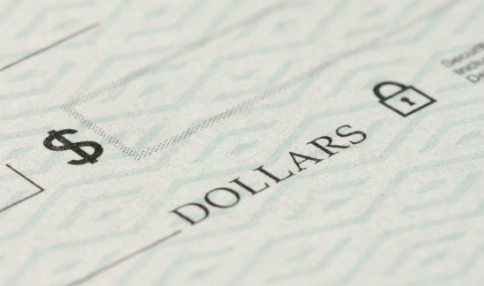Americans aren’t just feeling pain at the pump; they also feel it in grocery and hardware stores. And they’re not alone. Ongoing supply chain disruptions, the increased cost of goods, and the Russian invasion of Ukraine have led to some of the worst inflation rates in history. At its height in June, the US inflation rate surged to 9%, leading the Federal Reserve to increase interest rates multiple times in 2022. Earlier today, Fed Chair Jerome Powell said they would continue this policy to restore price stability.
Despite the higher cost of living, growth in the labor market is promising. What do these concurrent scenarios mean for the United States as it tries to recover from the pandemic? Are we headed for a recession or in the midst of stagflation?
To answer these questions, the McCloskey Speaker Series, in collaboration with the Aspen Economic Strategy Group, held a recent conversation moderated by Greg Ip of The Wall Street Journal. Ip was joined by Larry Summers, former US treasury secretary and Charles W. Eliot university professor at Harvard University; Neel Kashkari, president and CEO of the Federal Reserve Bank of Minneapolis; Melissa Kearney, director of the Aspen Economic Strategy Group; Neil Moskowitz, professor of economics at the University of Maryland; and Larry Fink, chairman and CEO of BlackRock.
The panel discussed the risks of stagflation on the US economy, the short and longer-term implications of a recession, transitioning to a green economy, falling birth rates, and how different communities are affected by the current economic crisis. Here are a few takeaways:
Stagflation is a possibility
What exactly is stagflation? Stagflation represents a dilemma in economic theory. It occurs when there is high inflation and moderate or imbalanced economic growth. For economists and elected leaders, this predicament can be a devastating combination—it plagued the US in the 1970s.
There are legitimate concerns about stagflation amidst the ongoing pandemic economic recovery. Although thousands of jobs are available and the unemployment rate is falling, the US economy shrank in the first half of the year. Domestic issues, strained political tensions, and aggressive attempts by the Federal Reserve to curtail inflation have created side effects.
Larry Fink noted the current discrepancy between the number of job openings and the number of people available to work those jobs. This is due in part to the elimination of legal paths of immigration. “We’re down to two and a half million legal immigrants,” he said.” One of the reasons why we have such job needs is that we have 10 and a half million job openings right now and five million unemployed—so we have this mismatch.”.
Former US Treasury Secretary Larry Summers had an unfavorable view of the current economic conditions. He predicted that there would be “a stagflationary tendency in our economy for the next several years.” Summers also believes a recession is more likely than not. “Every time we have had unemployment below four percent and inflation above four percent, we have had a recession within the next two years,” he said.
Plummeting of the national birth rate
The birth rate in the United States is in decline. 2021 saw the rate at 4%—the lowest it has ever been. Without a sustainable, thriving future workforce, the economy will struggle and take longer to recover.
“Now, on average, women in the US are having 1.65 children,” said Melissa Kearney, director of the Aspen Economic Security Group. “That projection means that our population is going to be older, and our working-age population is going to be smaller. That results in a less dynamic, less productive economy unless we take steps to address it.”
Transitioning to a green economy
Greg Ip noted that the energy crisis has exerted pressures on inflation and standards of living. Fink agreed, noting that the movement to more decarbonized technology will be “very rough” for some communities. Fink also pointed out that higher prices for gasoline and heating have “a severe impact on the underserved people of our country.” The recent passage of the Inflation Reduction Act addresses the need for more clean energy solutions and allocates more than $300 million toward such efforts.
Want to learn more about topics like this? Aspen Community Programs hosts more than 70 days of public programming every year. To support this work, join us as an Aspen Community Donor today. Your contribution will fund affordable year-round programming for the Roaring Fork Valley and beyond, as well as scholarships for those in need. Learn more and watch the entire McCloskey event here.


